
With an annual economic impact of $2.6 billion, Fort Knox fuels our regional economy. The Knox Regional Development Alliance's (KRDA) mission is to promote and protect Fort Knox to maximize its economic impact. We make sure the community is as supportive as possible to Soldiers, their families and all who work on and off post in support of Fort Knox missions, and that includes focusing on workforce development. Here’s why:
- In order to grow Fort Knox missions or defense-related business, we must have the available workforce to fill Army civilian and contractor positions.
- An Army spouse’s ability to find employment impacts the Army family and that in turn impacts Army readiness.
- Employers often covet veteran talent but struggle to easily connect with them.
Workforce development: focuses on activities, policies and programs that help create, sustain and retain a viable workforce.
While I was in Army Human Resource Management for nearly all of my 30 years of service, I was admittedly unaware of the vast ecosystem of workforce development professionals and volunteers who are critical to a community’s economic success. That’s where KRDA’s vice president, Beth Avey, lends her expertise. As a former small business owner, she is plugged into the workforce development community and knows how to maximize partnerships for Fort Knox’s benefit. Two great examples are the Greater Knox Coding Academy and our region’s new military spouse employment initiative.
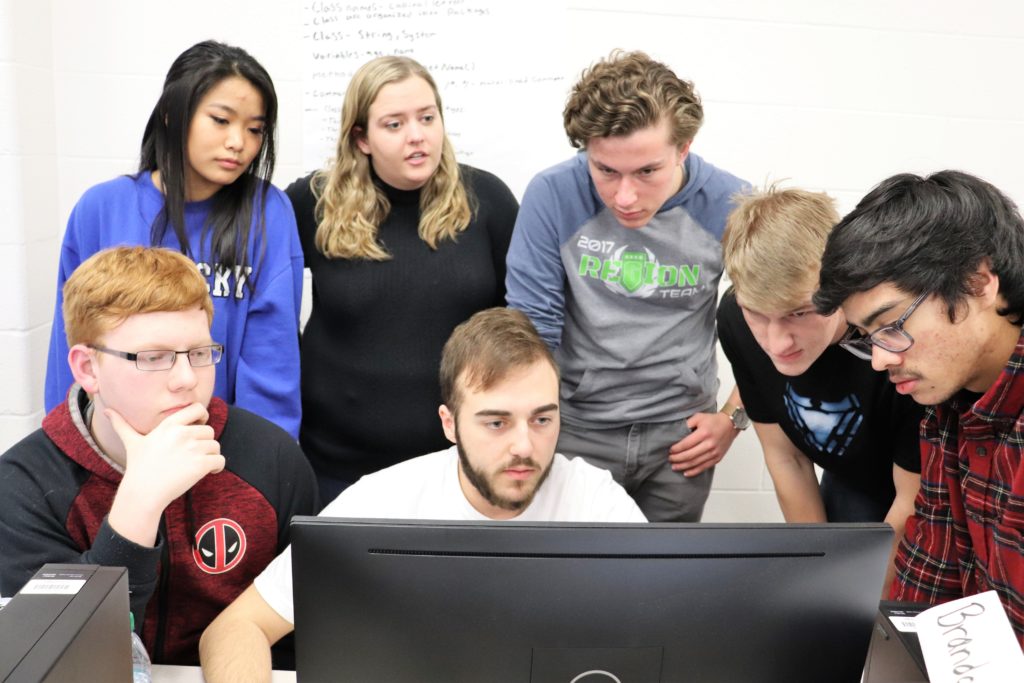 Greater Knox Coding Academy
Greater Knox Coding Academy
In early 2019, I met with leaders at the Pentagon to talk about potential opportunities for Fort Knox. From their vantage point, we had a workforce challenge when it came to information technology (IT) professionals that could make us less competitive for new missions. Further conversations with Fort Knox leaders and area defense contractors confirmed it was difficult to locally source certified IT professionals.
We started working with a local training provider, Elizabethtown Community and Technical College (ECTC), and defense contractors to come up with a solution. In less than seven months the college identified the need for certified java developers, developed the curriculum, found an instructor, secured funding and recruited a class of students including several from area high schools. In spite of the pandemic, 24 students graduated from the inaugural Greater Knox Coding Academy. Many have moved into high-paying IT jobs with area defense contractors.
Taking Spouse Employment Support To A New Level
With the February 2020 announcement that Fort Knox would be home to the Army’s new corps headquarters, V Corps, we realized there would be a surge of Army families moving to our community. We knew there were great agencies on and off post available to help spouses find employment, but this larger influx of families gave us the opportunity to take a deeper dive and ask how can we do more.
On post, we met with Fort Knox Army Community Service, garrison leadership and Army Human Resources Command. Off post, we met with the local workforce board director who oversees the U.S. Department of Labor funded programs and sought the advice and insight of local business leaders. In the end, these meetings led to a more fully integrated and streamlined process between the post and the community to include a virtual destination (greaterfortknox.com/jobs) that would allow military spouses to connect with resources even before they arrived. Additionally, military spouses will be matched with a community leader who volunteers to help them grow their professional network in the region. We’re pleased to report spouses are already taking advantage of this first-of-its-kind model.
“We always are looking for new and innovative ways to tap into community resources and think this new model could become an Army best practice. We are fortunate to have great community partners who want to help us do the very best we can for our Army families.”
- Melinda Roberts, Fort Knox’s Chief of Army Community Services
Veteran Employment
While not directly in our wheelhouse, I would be remiss if I didn’t mention that we are also in regular conversations with the various agencies and companies who offer employment services and training opportunities for transitioning service members, hundreds of whom exit the Army at Fort Knox. Anything we can do to advance efforts for veterans to find employment and employers to hire veteran talent is definitely a win-win for our region and it connects back to our work to support Soldiers and their families.
Partnerships Are Key
None of this work would be possible without great partners. Not only are these workforce and education professionals experts in their fields, but they are also as passionate as we are about supporting Fort Knox and making our community stronger. I recommend tapping into the workforce development ecosystem. You will be better for it.
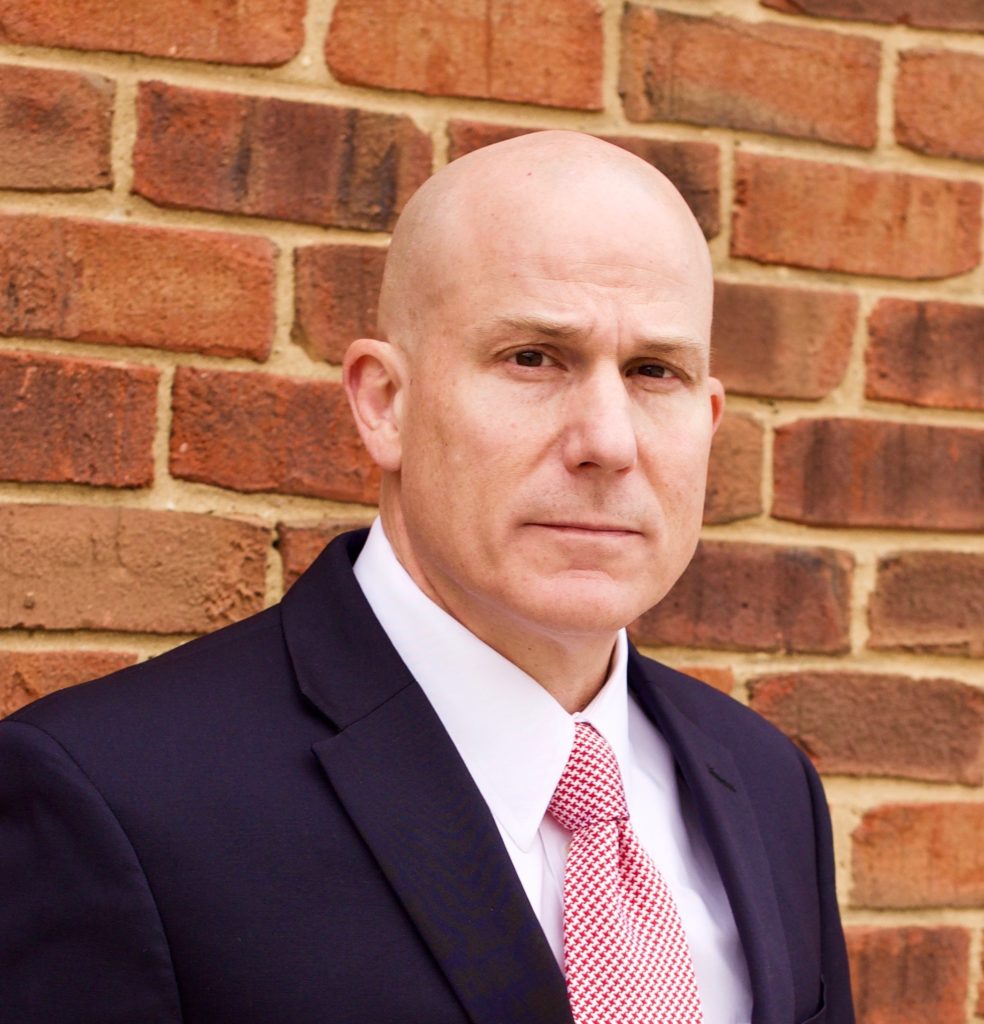 Brig. Gen. (Ret) Jim Iacocca
Brig. Gen. (Ret) Jim Iacocca
President / CEO
Knox Regional Development Alliance


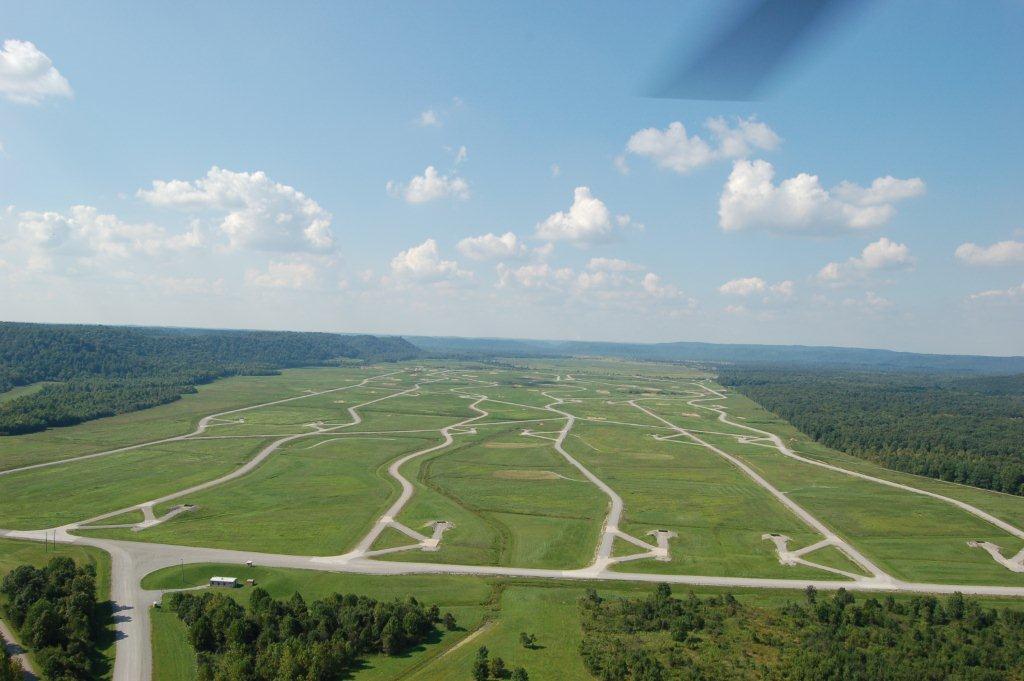

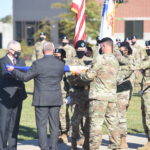
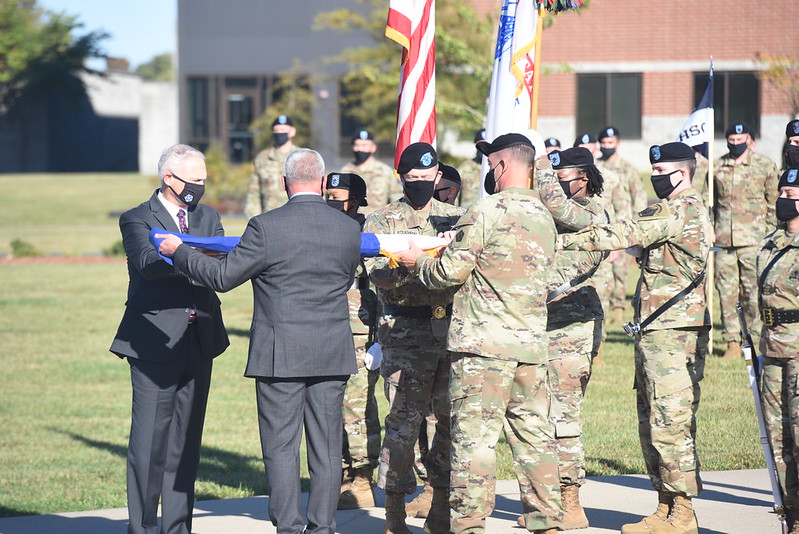

 While several installations are working toward the 14-day standard, few have realized that capability like Fort Knox has. Thanks to support from the Kentucky Congressional Delegation, Fort Knox is able to tap into the rich natural gas reserves on the installation to help fuel its back-up generators, and on at least two occasions, the installation has demonstrated its ability to operate completely independent from its commercial power provider. The micro grid, the ability to generate its own power, extensive use of geothermal heating and cooling and real-time facility monitoring truly puts Fort Knox in a class all by itself.
While several installations are working toward the 14-day standard, few have realized that capability like Fort Knox has. Thanks to support from the Kentucky Congressional Delegation, Fort Knox is able to tap into the rich natural gas reserves on the installation to help fuel its back-up generators, and on at least two occasions, the installation has demonstrated its ability to operate completely independent from its commercial power provider. The micro grid, the ability to generate its own power, extensive use of geothermal heating and cooling and real-time facility monitoring truly puts Fort Knox in a class all by itself.